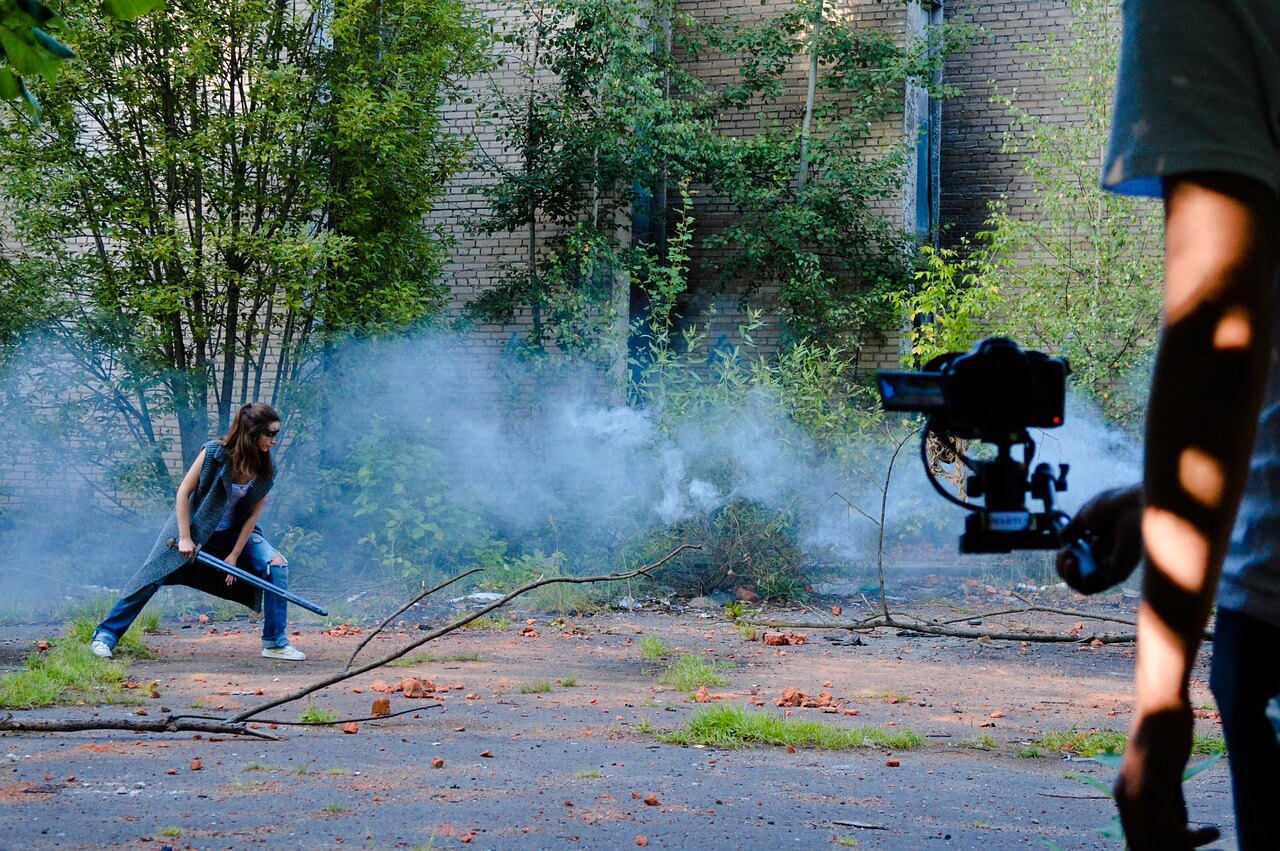Understanding Filming Techniques employed in the production operations is very critical if you want to establish yourself in the entertainment industry.
Guess what?
The audio-visual technology, as you may have already observed, is advancing in areas beyond what professionals working in the television world have anticipated!
Consequently, more and more aspiring filmmakers now venturing into shooting, editing, and producing feature-length films or their very own shorts.
Keep reading this blog if you are curious to learn about some of the most commonly used filming techniques used in the film and television production industry.
Over-the-shoulder Shots
These typically take the most time to film, as you are required to ensure that there is adequate shoulder within the frame.
Over-the-shoulder shots work by drawing viewers in by adding a touch of intimacy.
Tilt Shots
This is considered the simplest filming techniques available out there, which just relies on tilting the camera down or up.
Although it sounds quite simple, it can emerge elegantly when the angle is properly
(confidently and smoothly) executed.
There must be coordination between the camera operator and action.
Panning Shots
These are tilt shots’ horizontal equivalents that are conceptually simple.
Panning shots that are designed in a lock-off tilt axis manner is probably the best practice for maintaining the purity of the overall shooting.
You need to become an expert camera operator, as it requires framing precise timing and accuracy.
Zoom Shots
When mixed into a directorial style successfully, zoom shots can induce a cooling effect.
To effectively film zoom shots, remember to shoot them smoothly instead of quickly.
Crane Shots
This type of filming is typically used to capture the vertical translational movement.
The shot can be best executed with a jib or a crane, which is employed at all stages of films where the camera needs to move beyond just a few feet.
Besides adding value to the production process, these shots also work towards improving the reel for the film.
Tracking Shots
Comparatively, this is much harder to set up, with the wide and long lenses!
You need to be very careful about the focal length, which is an essential element of tracking shots.
Dutch Angles
These shots emit a sense of disorientation result from the tilted verticals that have been shifted on the camera axis.
They induce purposeful uneasiness for the viewers that are sparingly used in filmmaking but are generously applied to music videos.
When it comes to making a high-quality production, having an organized and efficient approach will serve you a long way, besides those sparkling tools that provide powerful utilities.
Apply to a program in Canada, which is focused on film making and begin your creative process with the most essential techniques found in the market!
We will equip you with all the skills necessary to begin experimenting with your way to implementing filming techniques, never heard of!



